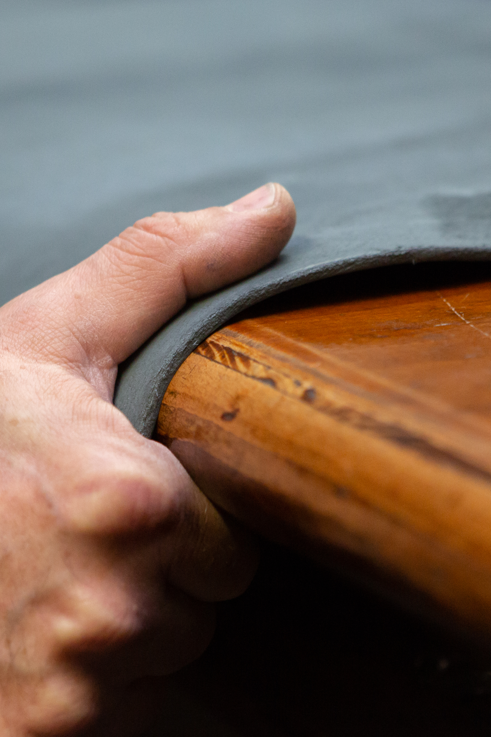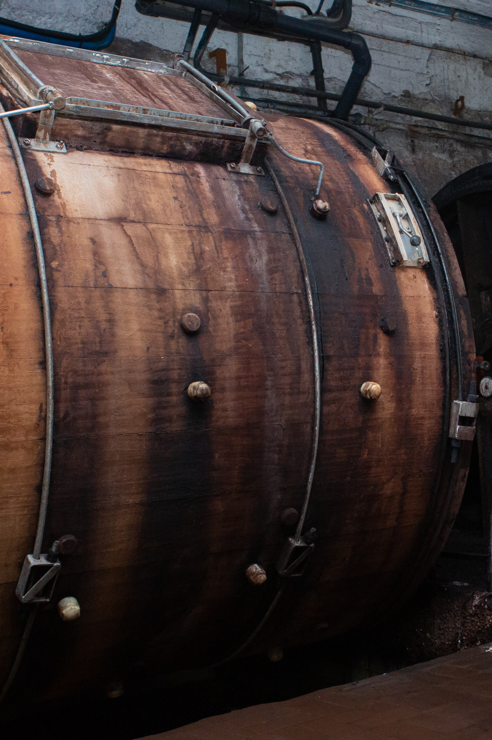Original content by: One4Leather
Although the internet is often seen as a handy way to spread misinformation and ‘fake news’, it can also be a great channel for two-way discussions. A quick search will give you countless pro- and anti-leather articles but scrolling down to the comments can help give a balanced viewpoint. A case in point was an article entitled Leather Is More Than “a By-Product of the Meat Industry” which makes a case against leather usage based on the incorrect suggestion that meat producers are incentivised to cultivate cattle for their hides alone. This is untrue: hides are simply a by-product of the producers’ main business – selling meat. It also recycles myths in regard to leather’s sustainability and animal welfare issues as well as overlooking the fact that most alternatives to leather are considerably less environmentally friendly in the long run.
What is most refreshing, however, are the comments the article attracted which were largely in favour of leather and anxious to point out errors in the piece. One commenter, for example, points out that fake leather alternatives are generally plastic-based. Such plastics do not degrade and will go on polluting the environment for possibly thousands of years. In addition, they correctly state that plastic pollution is responsible for killing wildlife “in horrible ways”. While the meat industry is subject to strict animal welfare regulations, ironically, it is the fake leather industry that could be said to be responsible for actual animal cruelty in this regard.
On pollution in the leather industry, one commenter reminds the writer that vegetable-tanned leather is a traditional alternative to the use of chromium salts. It has to be said, too, that even when chromium is used in the industry it is done under strict environmental controls anyway. The correspondent says the idea of just putting animal hides in landfill would be an “environmental insult” and that he/she knows “of leather designers who are vegan and produce pieces made from recycled or environmentally sourced leathers”.
Another commenter, who describes themselves as a vegetarian, criticises the writer for a lack of diligence in their research and the use of arbitrary statistics. The article’s author claims that “leather accounts for approximately 10% of the animal’s total value, making it the most valuable part, pound for pound”. However, this is simply not the case. According to a report from the Leather and Hide Council of America: “Although by-products have traditionally accounted for 8-10% of total live fed steer value, data from the U.S. Department of Agriculture’s Livestock Marketing Information Center as of April 29, 2020, suggest by-products are averaging slightly below 7% of total carcass value, with hides hovering slightly above 1% of the entire value of the animal – perhaps the lowest percentage on record.”
There is space for pragmatism in the comments as well. Another respondent writes: “I don’t eat meat, and would love it if everyone else didn’t but, since that’s not going to happen anytime soon, it seems wasteful not to use the leather from those animals already previously slaughtered for meat. Besides, leather lasts quite a bit longer than the alternatives.”
This point is taken up by another person, who says in their experience “leather can last decades if cared for”. They go on to explain that even at the end of its usable life, “leather is biodegradable, so it is broken down into the earth with minimal chemical impact” – in stark contrast to plastic alternatives.
The claim and counter-claim narrative with this article makes for an interesting read.
Read HERE the full article.















